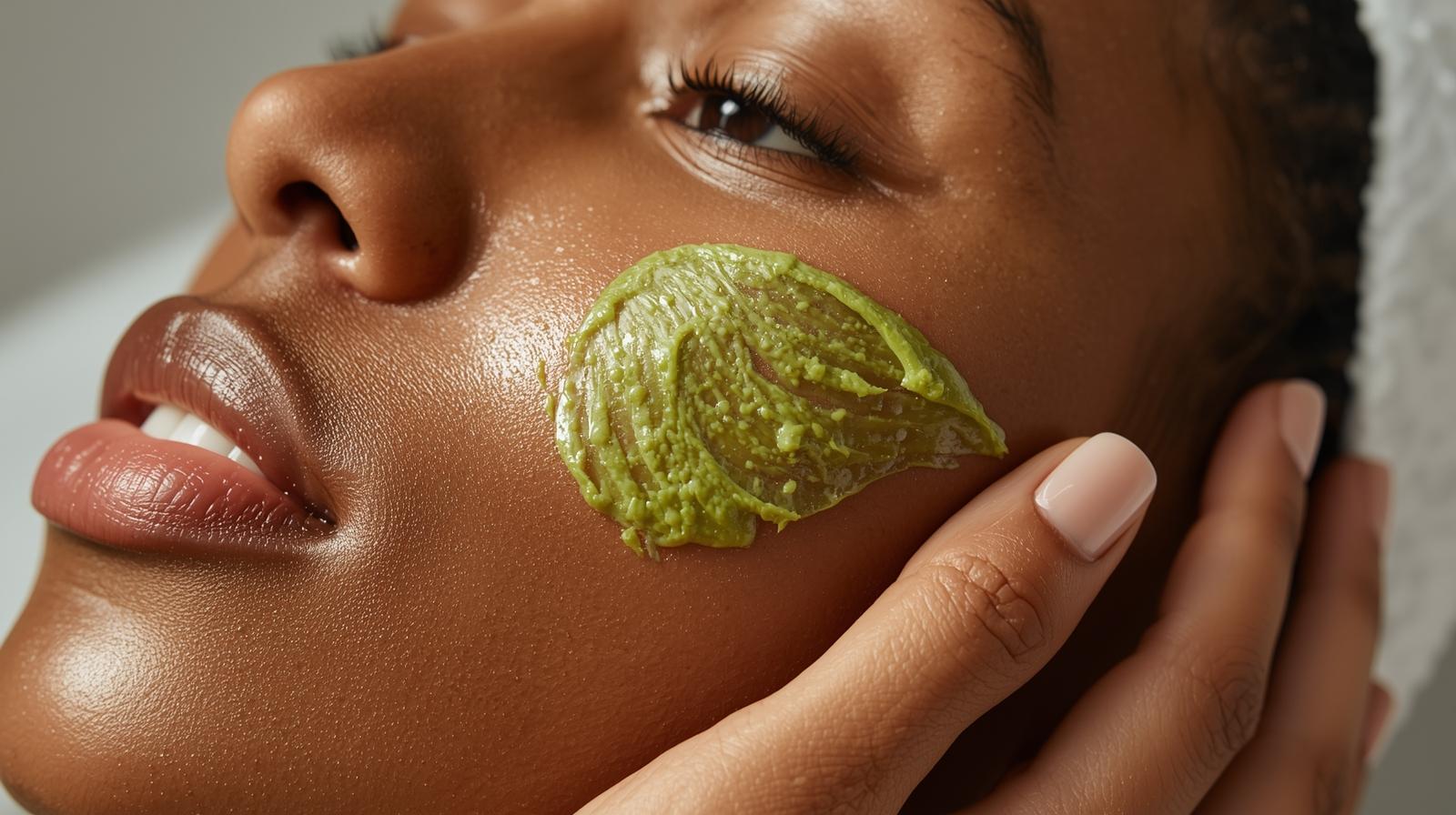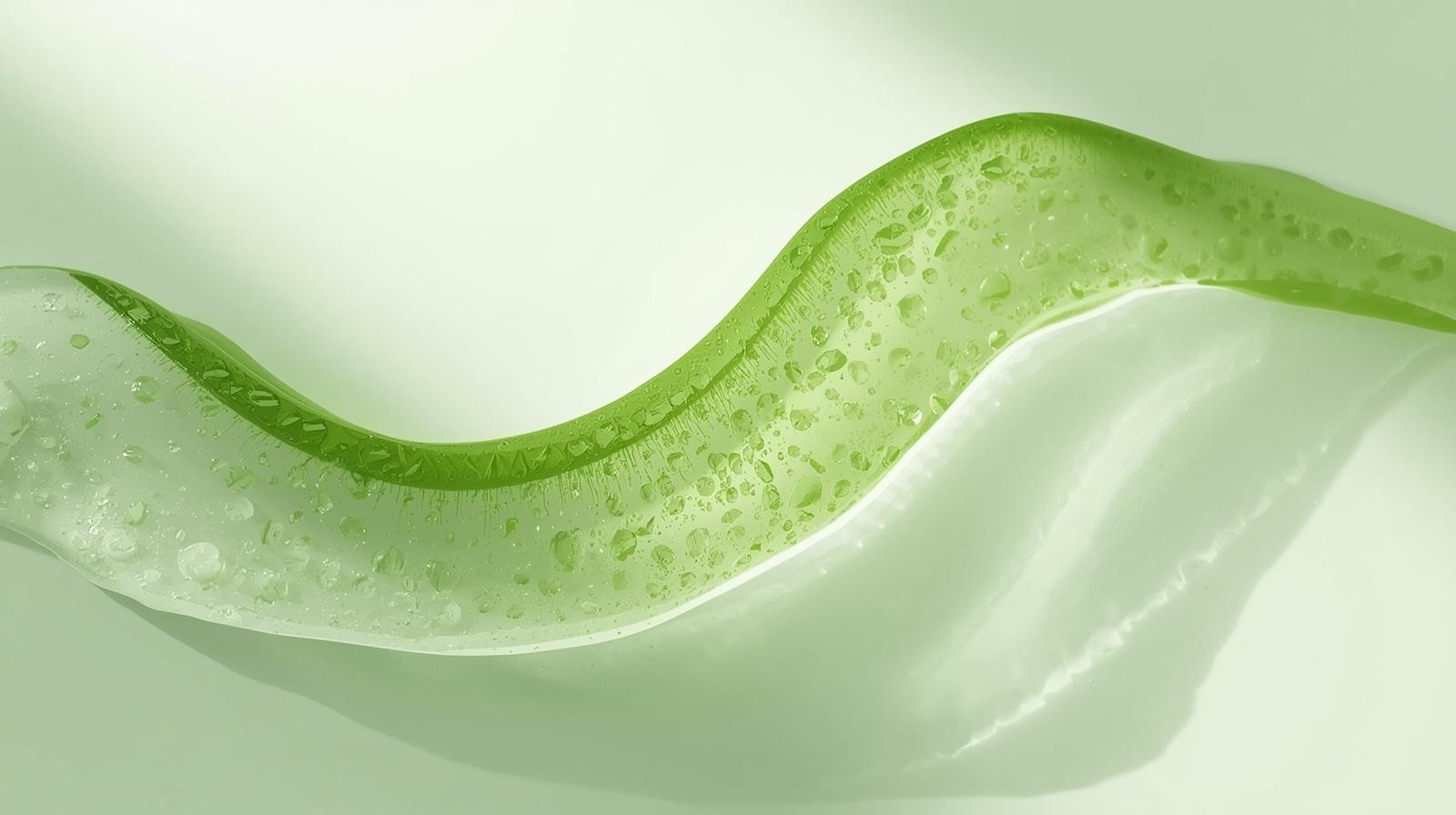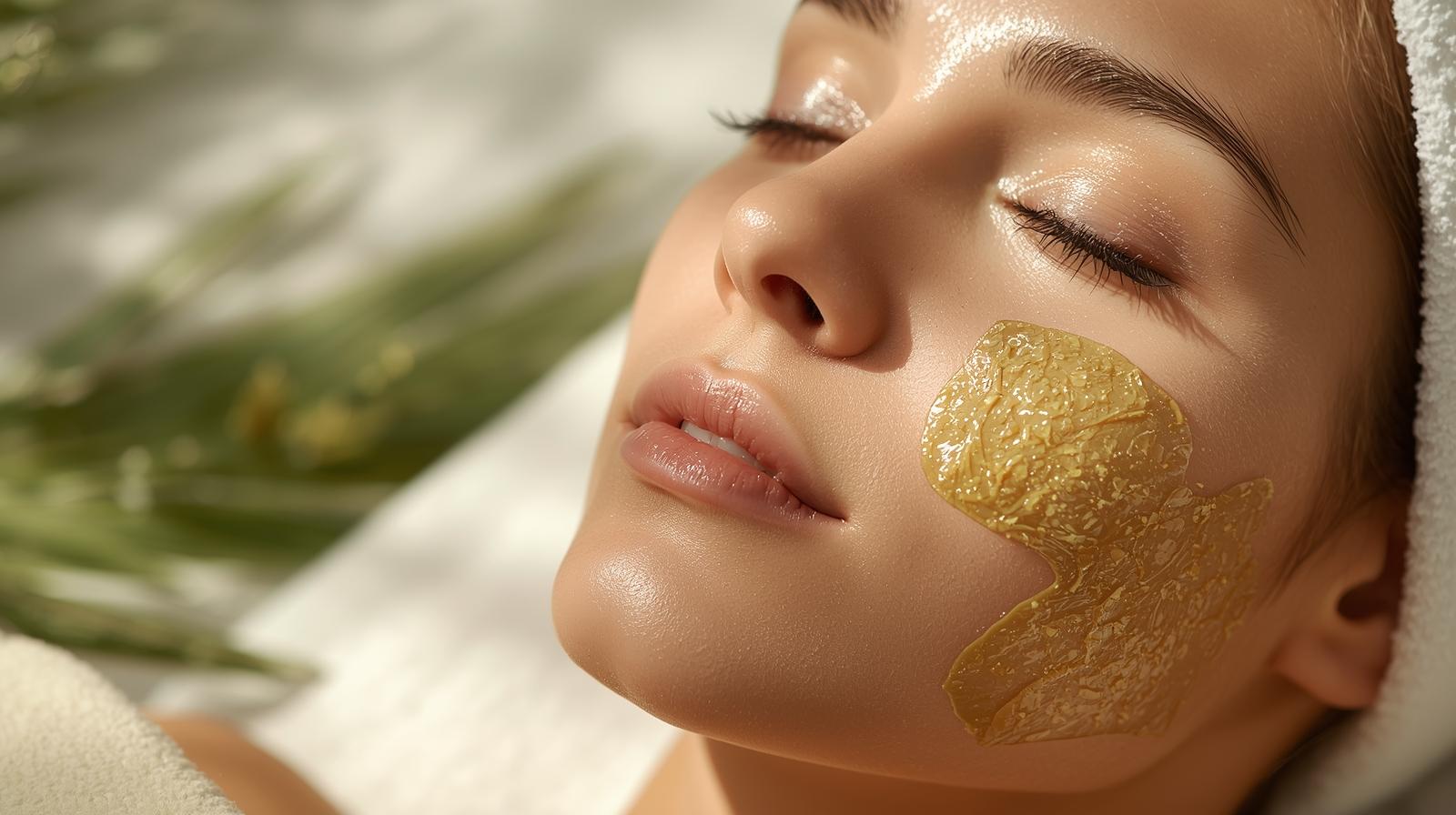Uneven peeling is normal after chemical peels due to variations in skin thickness and penetration of the peeling agent. The most important rule is to never pull, pick, or force the skin to peel, as this can cause scarring or post-inflammatory hyperpigmentation.
Instead, increase your moisturizer application to the areas that are peeling using products with humectants like hyaluronic acid and glycerin. Apply moisturizer with clean hands using gentle, patting motions rather than rubbing to avoid disrupting the healing process.
For stubborn areas where skin is hanging but not fully detached, you may gently trim it with clean, sterilized scissors, but never pull. If you're concerned about the appearance, a mineral-based tinted moisturizer with SPF can help camouflage the peeling temporarily while providing protection.





